Geometry and Mensuration Worksheet-1
(a) 90° (b) 15° (c) 105° (d) 58°
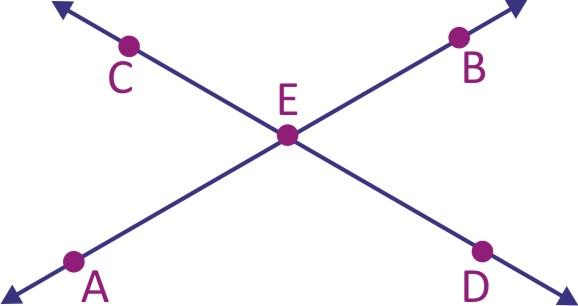
(a) Adjacent angle (b) Supplementary Angles
(c) Alternate Interior Angles (d) Vertically opposite angles
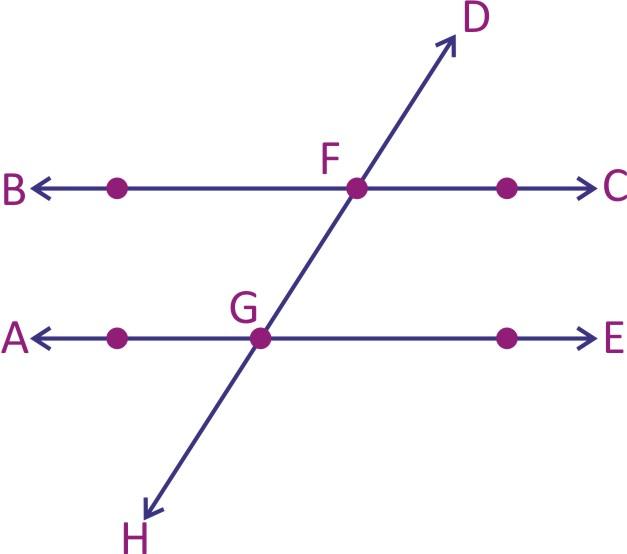
(a) ∠AGH and ∠HGE have the same degree measurement.
(b) ∠HGE and ∠DFC have the same degree measurement.
(c) ∠DFC and ∠AGH have the same degree measurement.
(d) ∠BFD and ∠AGH have the same degree measurement.
(a) 38° (b) 128° (c) 108° (d) 48°
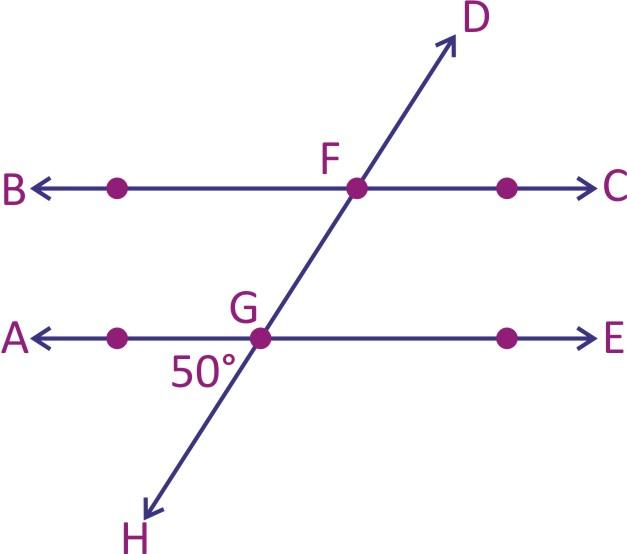
(a) 40° (b) 50° (c) 120° (d) 130°
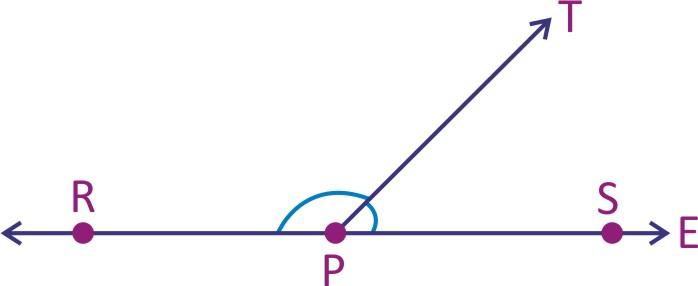
(a) Adjacent angles
(b) Vertical angels
(c) Alternative interior angles
(d) Linear pair angles.
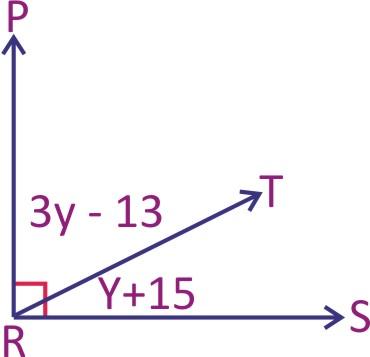
(a) 22° (b) 53° (c) 37° (d) 120.5°
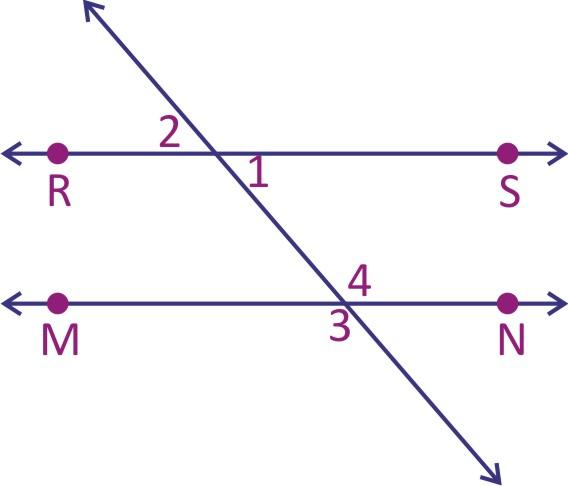
(a) ∠2 is supplement of ∠1
(b) ∠4 and ∠1 are congruent angles.
(c) ∠2 and ∠4 has same degree measurement
(d) ∠2 is supplement of ∠4
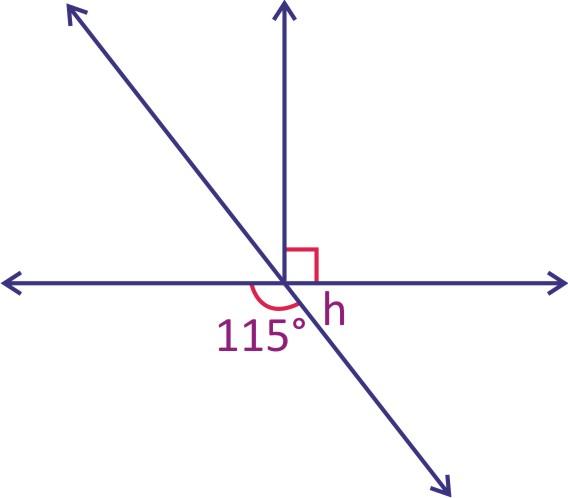
(a) 45° (b) 65° (c) 90° (d) 35°
(a) Right angle (b) Straight angle
(c) Reflex angle (d) Linear angle
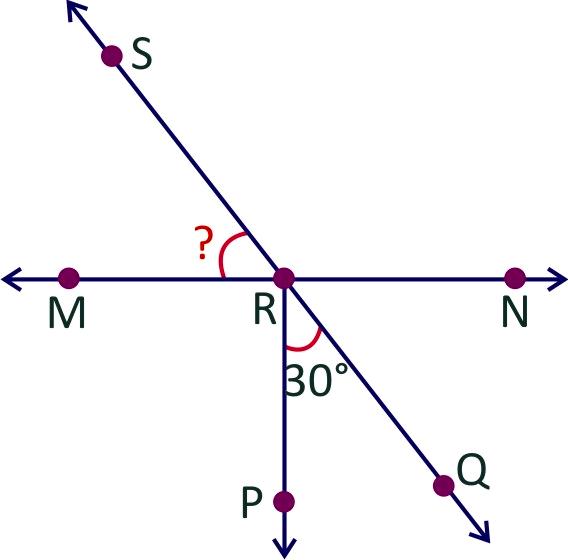
(a) 90° (b) 60° (c) 120° (d) 45°
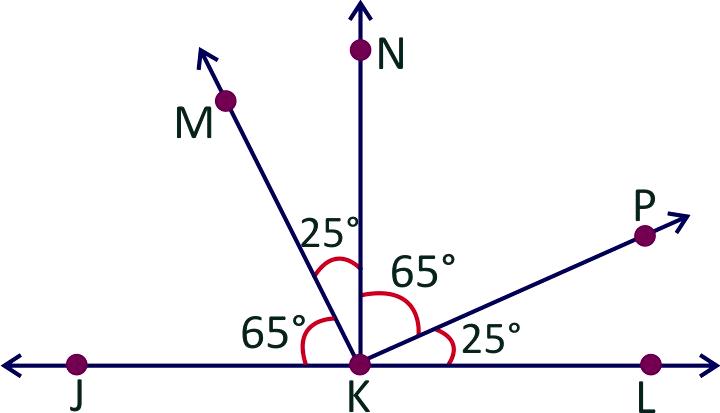
(a) ∠JKM and ∠MKN are complementary angles.
(b) ∠NKP and ∠PKL are complementary angles.
(c) ∠MKN and ∠NKP are adjacent angles.
(d) ∠MKJ and ∠PKL are adjacent angles.
(a) 60° and 30° (b) 36° and 54°
(c) 45° and 60° (d) 50° and 40°
(a) They can be adjacent.
(b) They are equal in measure.
(c) They are formed by intersecting lines
(d) They cannot be adjacent.
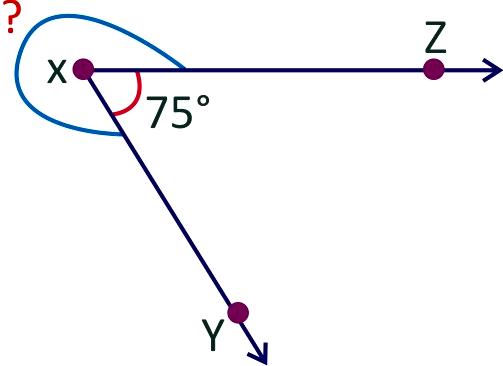
(a) 15° (b) 105° (c) 285° (d) 275°
(a) Straight (b) Right (c) Reflex (d) Obtuse
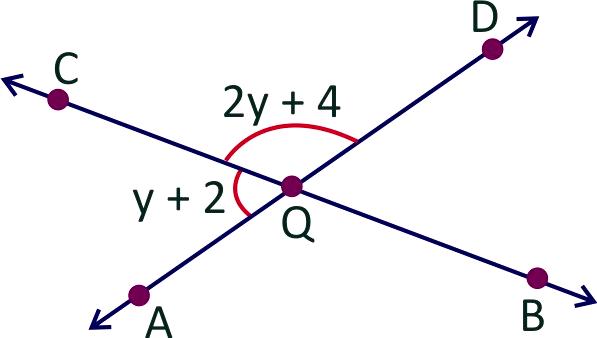
(a) 60° (b) 90° (c) 120° (d) 45°
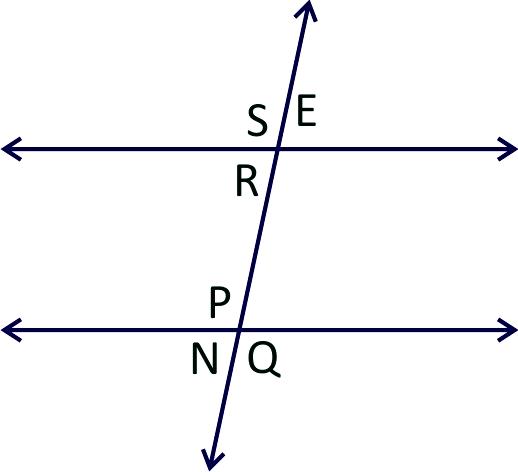
(a) ∠S and ∠P (b) ∠S and ∠Q
(c) ∠R and ∠E (d) ∠S and ∠R
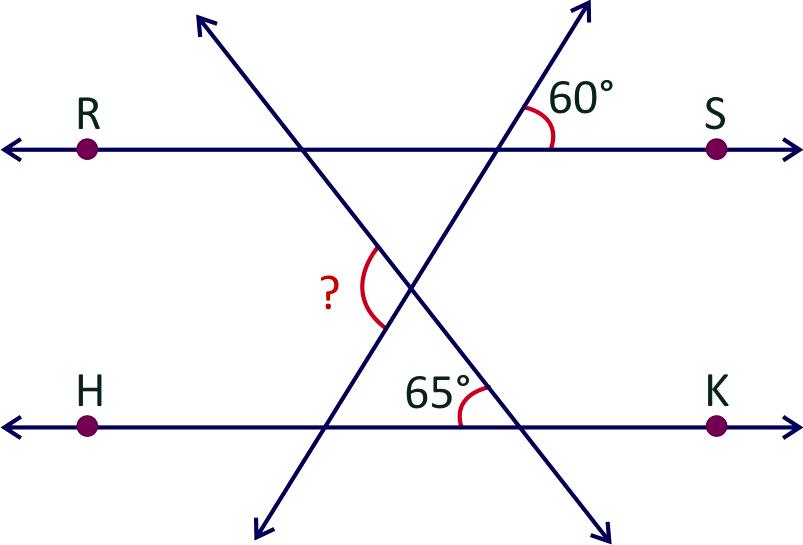
(a) 115° (b) 55° (c) 95° (d) 125°
(a) Circumference (b) Radius
(c) Diameter (d) Chord
Answer Key:
(1)-(c); (2)-(d); (3)-(c); (4)-(a); (5)-(d); (6)-(d); (7)-(b); (8)-(d); (9)-(b); (10)-(c); (11)-(b); (12)-(d); (13)-(b); (14)-(a); (15)-(c); (16)-(d); (17)-(a); (18)-(b); (19)-(d); (20)-(c)